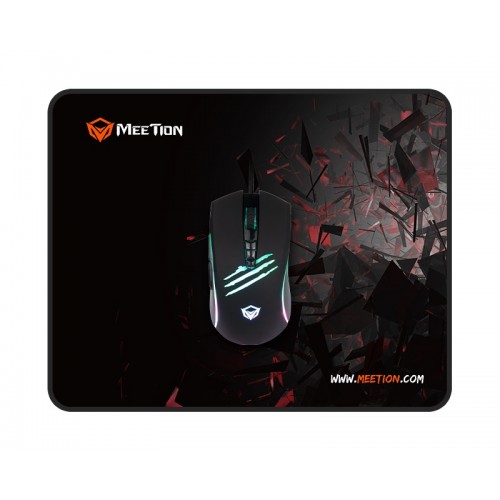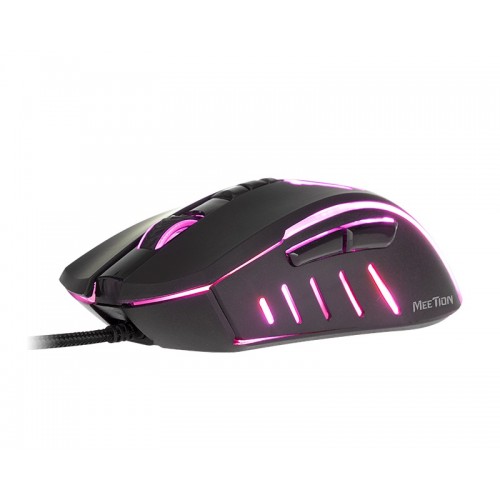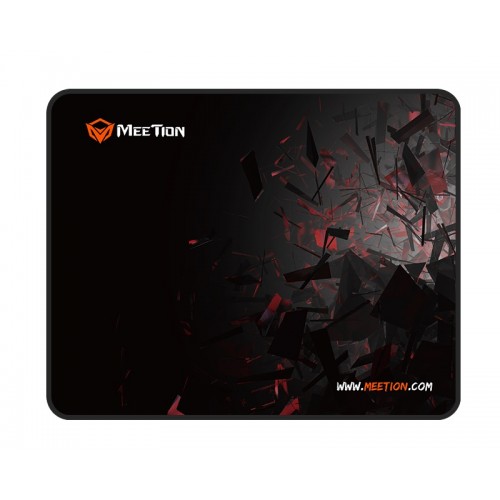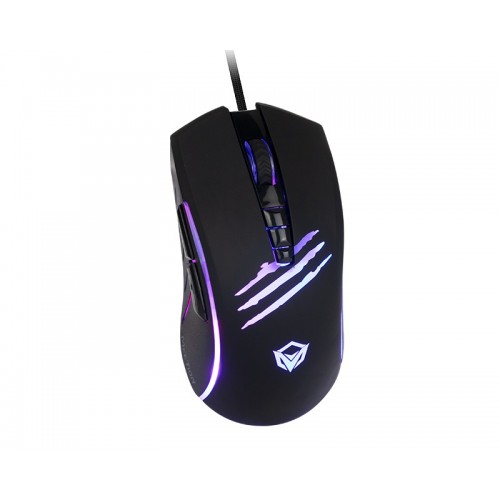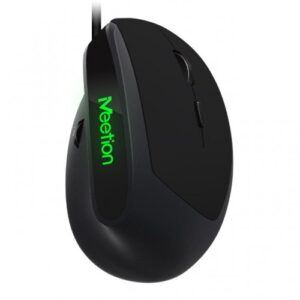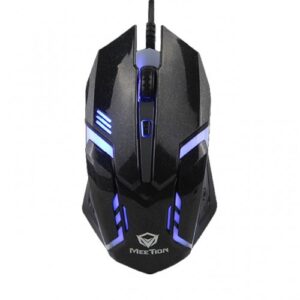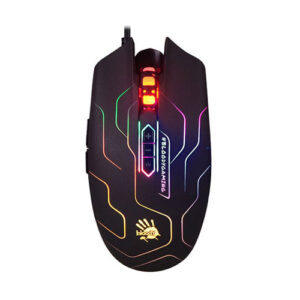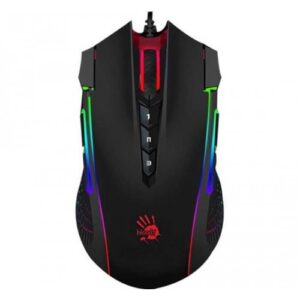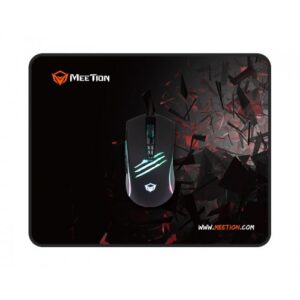Understanding DPI and Polling Rate
The specifications of a high-performance mouse are crucial for gamers and professionals alike, with two of the most significant metrics being DPI (Dots Per Inch) and polling rate. DPI measures the sensitivity and accuracy of the mouse in tracking movement. A mouse with a DPI of 6400 means that for every inch the mouse is moved, the cursor on the screen will move 6400 pixels. This high level of sensitivity allows for precise movements, which is especially beneficial in competitive gaming and intricate graphic design tasks.
In essence, DPI determines how fast the cursor will move in relation to the physical movement of the mouse. Higher DPI settings are often preferred in fast-paced gaming scenarios where quick reflexes are necessary, as they allow players to cover large screen distances with minimal motion. Conversely, lower DPI settings may provide more control for tasks that require fine adjustments, such as photo editing. The ability to adjust DPI settings can significantly enhance the overall user experience by facilitating a tailored approach to individual preferences and specific tasks.
Alongside DPI, the polling rate is another fundamental specification that impacts performance. The polling rate refers to how frequently the mouse reports its position to the computer, measured in Hertz (Hz). A typical range lies between 125 Hz and 1000 Hz. For example, a polling rate of 1000 Hz means the mouse updates its position every millisecond, resulting in a more responsive communication with the computer. Higher polling rates can reduce lag and improve tracking accuracy, which is especially vital during intense gaming scenarios where split-second decisions are critical.
Both DPI and polling rate work together to define the overall performance of a mouse. Understanding these specifications allows users to choose a mouse that fits their specific needs, ultimately enhancing gaming performance, precision, and user satisfaction.
Additional Features and Specifications
When evaluating high-performance mice, additional features and specifications significantly enhance user experience and overall functionality. One of the crucial specifications is the tracking method, which extends to an impressive 30 inches per second (IPS). This tracking speed ensures that swift cursor movements remain accurate, catering particularly to gamers and professionals who require precision during high-speed inputs.
Another essential aspect is the mouse’s maximum frame rate of 6000 frames per second (fps). This high frame rate allows for smooth scrolling and fluid motion, rendering it effective in fast-paced scenarios, such as gaming or graphic design. Coupled with acceleration capabilities of up to 22.5g, it ensures users can achieve high responsiveness and responsiveness during rapid maneuvers.
The presence of seven programmable buttons is another significant feature that enhances the usability of a high-performance mouse. These buttons provide extensive customization possibilities, allowing users to assign various functions or shortcuts suited to their workflow or gaming style. This level of flexibility can increase efficiency and allow for a more tailored user experience.
Aesthetic appeal is not overlooked in such devices, with RGB backlighting adding a visual dimension that can be customized to match users’ preferences or gaming setups. Performance is also supported by a wired USB connection, typically about 1.8 meters long; this standard length provides adequate freedom of movement while ensuring a reliable and consistent connection, essential for minimizing latency.
The compact dimensions of 123 x 66 x 42mm also deserve attention, as they are designed to accommodate various ergonomic needs, ensuring comfort during extended use. Finally, the one-year warranty highlights the manufacturer’s commitment to quality and customer satisfaction, providing additional peace of mind for users investing in this high-performance mouse.
